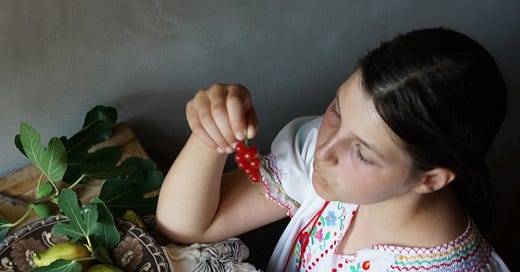Dear friends, we made it to Hungary.
Three car rides, two planes and an emotional marathon brought us to Budapest a few days ago, where we were greeted by one of Andras’ oldest friends, Pati, with a welcome party right out of his trunk: home-baked Makos, Turo and Meggyes Rétes (poppy-seed, farmer’s cheese, and sour cherry strudels), cheeses and sausage…




